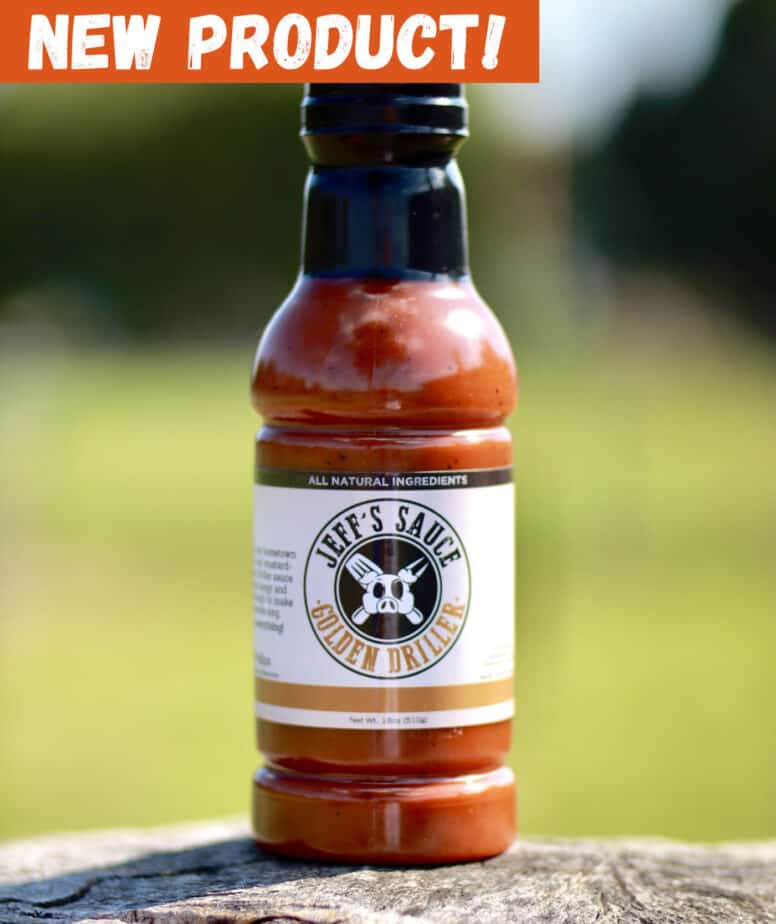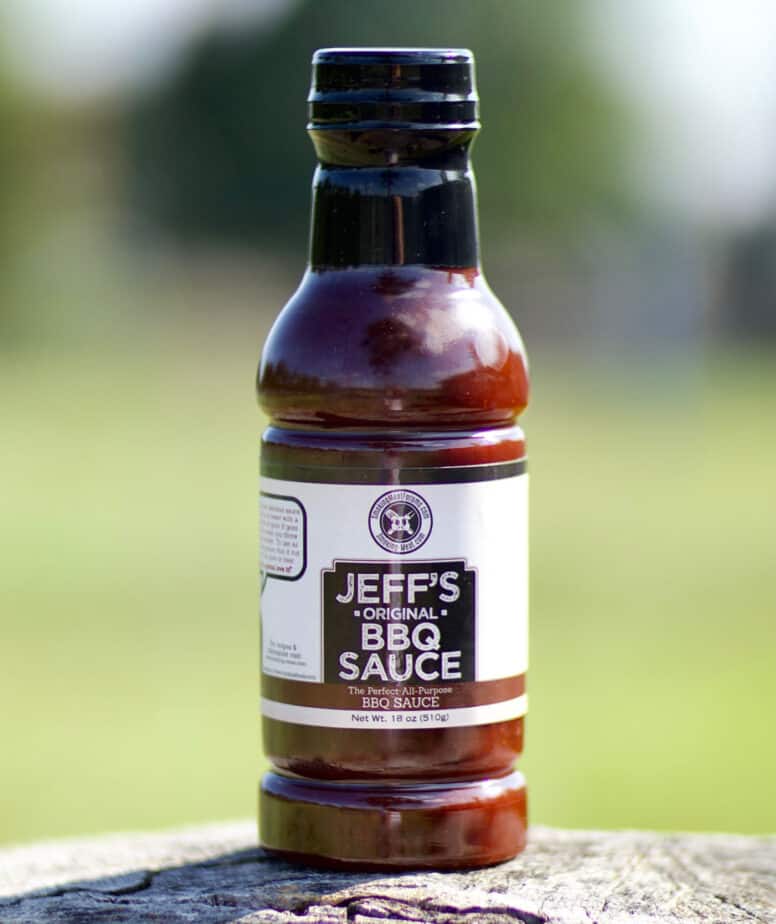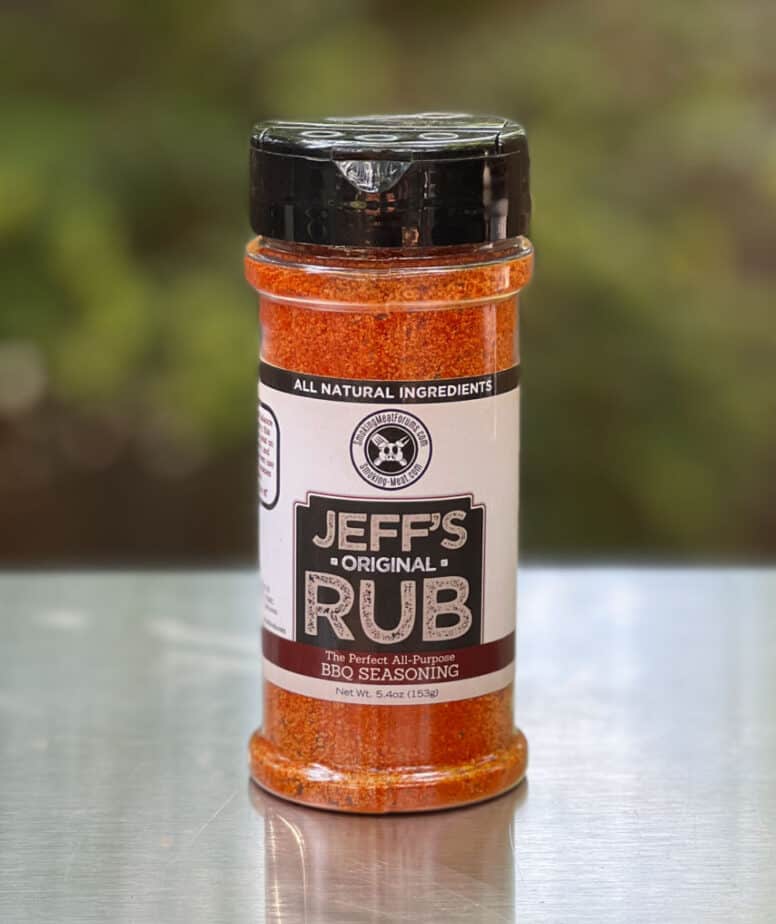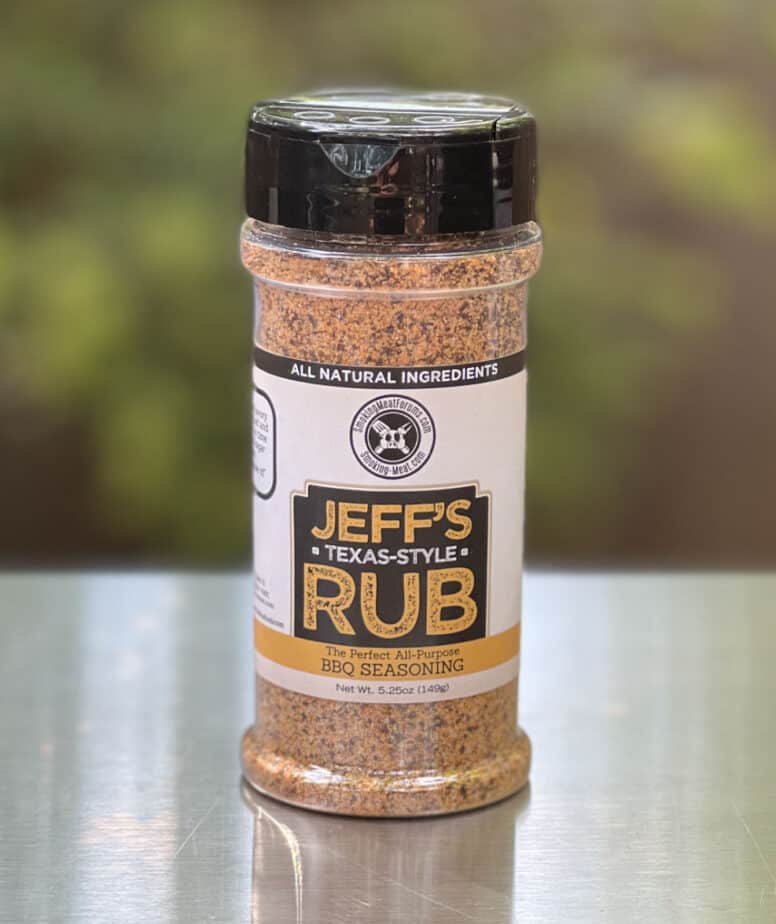Labor Day Smoking Meat Tips
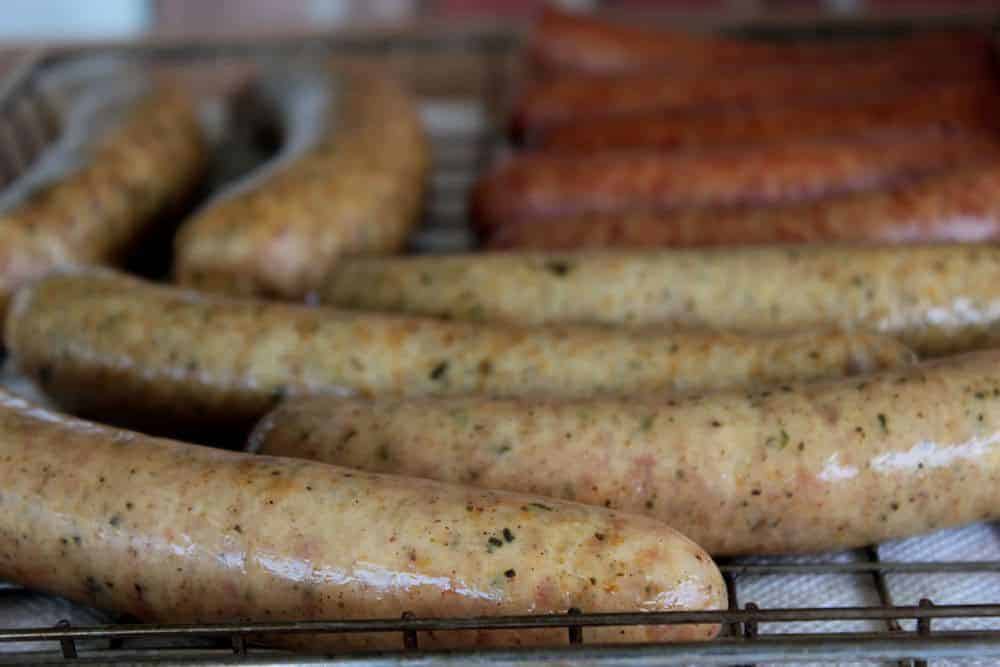
Smoking-Meat.com is supported by its readers. We may earn an affiliate commission at no extra cost to you if you buy through a link on this page.
Read this article without ads
In this Labor Day issue of the smoking meat newsletter, I am going to outline the basic steps for smoking the most common Labor Day/holiday foods as well as a few that may not be as common.
Among these are shrimp, cornish hens, brisket, ribs, brats, pork butt and chicken. I will also answer a couple of very popular questions below such as how long to add smoke and how to prevent creosote in your smoker.
Most of all, enjoy the holiday and time spent with family and friends. If you're fortunate enough to have the day off and can relax a little around the smoker then you know that life don't get no better than that!
- Purchase several pounds of uncooked, peeled, tail on, jumbo shrimp for best results and get them thawed out a couple of hours before you're ready to use them.
- To thaw, place in a colander and run cold water over them until they are no longer frozen. This takes about 5-7 minutes.
- Drain well
- Place shrimp in large ziploc bag and pour about 2 TBS of cooking oil (or olive oil) per pound of shrimp over the top of them and toss to coat.
- Pour 1/4 cup per pound of my rib rub recipe (buy the recipes if you haven't, you'll be glad you did) and toss/roll to coat the shrimp real good.
- Place the shrimp in the fridge for about 2 hours to marinate.
- Place shrimp in a shallow baking pan with about 1/8 inch of butter in the bottom for great results. You can also place them on skewers and put them directly on the grate if you wish but the butter helps to keep them really moist.
- Maintain the smoker with plenty of smoke at about 180-225 degrees. At 180 it'll take about 30-40 minutes, at 225 or so it will only take them 15-20 minutes or less. Most shrimp will turn bright pink when they are done so keep a close eye on them and check them often.
- I highly recommend that you head on over to the archived newsletter for this one so you can see the pictures and get a better idea of how to pull this off. It's a crowd pleaser for sure!
Purchase 6 cornish hens and leave in fridge for one day to thaw. You can also do a quick thaw on them by putting them in a pan of cold water. Replace the water with fresh cold water every 30 minutes until they are completely thawed.
- Mix up a brine solution of 1 gallon of water, 1 cup of salt and 1 cup of brown sugar into a 1 gallon pitcher or other suitable container.
- Place hens in non-reactive container such as a glass or plastic bowl with a lid and pour the brine solution over them until they are covered with liquid. If you have my rub recipe, sprinkle a little of that over each hen as well for extra flavor.
- Place in the fridge during brining to keep them at a safe temperature.
- Brine for 4 hours then remove from fridge and rinse well under cool water.
- Pat hens dry with a paper towel then place down in a large ziploc bag with about 1/4 cup of cooking oil poured over them.
- Pour 1/4 cup of my rub recipe over the hens, zip the bag closed then roll/shake the bag to coat with seasonings. This is the best way to get the seasoning all under the skin as well as all over the outside.
- Place hens directly on grate of smoker and maintain about 225 degrees for around 4 hours or until they reach an internal temperature of 165 degrees in the breast or thickest part of the thigh.
- Supply at least 3 hours of good smoke (50/50 mix of pecan and a fruit wood such as orange or cherry is my favorite)for best results and when they are done cooking, serve immediately.
- Purchase a whole packer brisket for best flavor in the 9-11 pound range.
- Trim fat to about 1/4 inch then score the fat horizontally, vertically and diagonally at 1″ intervals to allow the seasoning and the smoke to get to the meat a lot easier.
- Use mustard or cooking oil to moisten the surface of the brisket before adding rub as this will help the seasoning to stick to the meat.
- Use about 1-2 cups of my rub recipe on the brisket for amazing flavor and crust.
- Place the brisket fat side up directly on the grate for a nice bark and to allow the fat to melt and baste the brisket.
- Keep the smoker at about 225 degrees to keep the rub from burning and to end up with a great tasting brisket
- If you are using a charcoal, electric or gas smoker, keep the smoke flowing for at least 4-6 hours for a nice smoky flavor.
- I recommend hickory, mesquite and pecan or a mix of these for a great flavor.
- Cook the brisket in a foil pan for super juicy brisket. The downside is that the bark or outside of the brisket stays soft instead of forming a crust. Fat side up x 2 hrs, fat side down x 2 hrs then back to fat side up until it's done.
- Brisket is NOT done and will NOT be tender enough until it gets to about 200 degrees internally. Be patient and use a digital probe meat thermometer to let you know when it's done.
- Brisket is usually figured at about 1.5 hours per pound however, let the temperature rather than the time determine when the brisket is done.
- Let it rest for at least 20-30 minutes once it's done before slicing it to retain the tasty juices.
- Slice across the grain to accentuate the tenderness of the meat.
- If it doesn't seem juicy enough, mix a couple tablespoons of my rub recipe with a cup of beef broth and pour over the slices just before serving. NO more dry brisket.
- Buy the bone-in butt or boston butt instead of the picnic for best flavor. (my opinion)
- Apply a light coat of yellow hotdog mustard to help the rub/seasoning to stick real good. (don't worry, your pulled pork will not taste like mustard when it gets done).
- Pour on about 1 cup of my rub recipe and massage it in real good. Make sure to get the rub into every nook and cranny.
- If you are using a charcoal, gas or electric smoker be sure to keep the smoke flowing for about 6 hours to get that nice smoky flavor all the way through this thick piece of meat.
- Keep the smoker at about 225 to keep the rub from burning and to slowly prod the pork to it's full tender potential.
- Pulled pork is perfect when it's cooked to an internal temperature of 205 degrees. It will almost fall apart on it's own and you probably won't need bear claws to get the job done.
- Estimate time for pork at about 1.5 hours per pound however let the temperature tell you when it's done rather than the time.
- If you like, you can wrap the pork butt in foil once it reaches 160 degrees and let it finish out it's time with just heat. This will speed things up a little usually and helps to hold in the moisture.
- To make foiling the pork butts really easy, place the meat down in a foil pan with a large piece of heavy duty foil in the bottom and hanging over the side. When it's time to foil, you can just pull the foil up and over the top of the butt to wrap it.
- Pull/shred the pork while it is still hot even if you are going to save the pulled pork for later.
- Brats are super easy and require very little effort, furthermore, they are always great when friends are over.
- Smoke at 225 degrees or whatever temperature your smoker happens to be at for other items.
- Do not overcook these.. they are done in about 2 hours. Much longer and they will be tough and overcooked.
- Most other sausages including boudin are great on the smoker and can pretty much be smoked in the same manner as brats.
- Remove the skirt or flap of meat that runs down the center of the meaty side of the spare ribs. Just cut it off even with the top of the slab.
- Save the flap/skirt meat and cook it along with the ribs for some tasty treats. Be sure to add some rub to them. They will take about an hour or two to get tender depending on how thick they are.
- Remove the membrane by prying up this thick piece of skin at one corner of the bone side of the ribs and pulling it clean off. Use a paper towel or some catfish pliers for a better grip.
- Apply a light coat of yellow hotdog mustard or a little cooking oil to moisten the outside of the ribs.
- Sprinkle my rub recipe onto the top and bottom of the ribs thick enough that you can no longer see the meat. This is perfectly seasoned.
- Spare ribs need at least 6-7 hours in the smoker at 225 degrees. Baby backs will need 5-6 hours depending on how meaty they are.
- I like to apply smoke the entire time the ribs are cooking even if I am using a charcoal, electric or gas smoker. Be sure to apply at least 2-3 hours of smoke for a nice smoky flavor.
- It is almost impossible to check the temperature of ribs with a thermometer so it is best to just check for tenderness. When they get tender enough, they are done.
- To test for tenderness, hold them at one end with a pair of tongs and when they bend almost 90 degrees, they are probably about right for eating.
- If you like ribs that are “falling off the bone” then you need to use the 3-2-1 method as described below:
- If you like “wet” ribs then apply some of my sauce recipe a couple of times beginning about 30 minutes before the ribs are done and then again about 10 minutes before they are finished.
- Place the spare ribs directly on the grate, bone side down for 3 hours.
- Wrap the ribs in foil. Splash on about 1/4 cup of apple juice just before closing them up and place the wrapped ribs on the grate for 2 hours.
- Remove the ribs from the foil and place them back on the grate, bone side down for a final hour.
Note: Baby backs can be done this way as well except that it is more of a 2-2-1 method with 2 hours on the grate, 2 hours wrapped then a final hour unwrapped and on the grate to finish up. More here..
As with anything, these are estimates, I recommend that you do them exactly to the plan the first time, then adjust to your liking for future rib smokes. The longer they stay in the foil, the more tender they will be. You may prefer them a little less tender and that might call for a 3-1.5-1.5 or similar.
Smoking Chicken Quarters/Pieces
- I recommend chicken quarters or chicken pieces instead of whole chickens for easier serving, better portioning and faster cooking.
- If you have time, I highly recommend brining the chicken for a juicier finish. Read more on brining here.
- The best way to season chicken is to place it down in a large zip-loc bag, pour about 1/4 cup of cooking oil then about 1/2 cup of my rub recipe per 6-8 pieces of chicken. Close the bag and shake/roll to coat the chicken. This method gets the seasoning under the skin as well as on the skin and is perfectly seasoned.
- Smoke chicken at 250-275 for crispier skin.
- Apply smoke the entire time the chicken is cooking, the chicken cooks fast and you need as much time as possible for the smoke to flavor the meat.
- Use a digital probe meat thermometer to make sure the meat is 165 degrees at it's thickest part before serving.
- Chicken pieces such as thighs/legs will take about 1.5 to 2 hours depending on how hot you run the smoker. Chicken quarters will take 3-4 hours.
- If you want to sauce the chicken, apply my sauce recipe liberally to the chicken about 30 minutes before it is finished smoking/cooking.
How Long to Add Smoke
This is a question that I get a lot so I want to make it real simple. If you were using a real wood smoker, the meat would be getting smoke for the entire time the meat was on the grate unless, of course, you wrapped it in foil or something.
In a charcoal, electric or gas smoker, you can safely keep the smoke going for the entire time if you want to simulate the all-wood smoker experience. I often do this but I also have discovered that it's not really necessary to do that since most of the smoke flavor happens during the first half of the cooking time.
My general recommendation is to continue supplying smoke for about half of the estimated cook time. Chicken takes about 4 hours so I supply smoke for at least 2 hours. Spare ribs get done in about 6 hours so I supply smoke for at least 3 hours.. does that make sense?
See my times and temperatures chart here
How to Prevent Creosote (Bitter Taste) on Smoked Meat
This is another popular question especially from newbies just learning to smoke meat and those unfamiliar with charcoal or wood smokers.
Creosote is formed on meat when there is too little airflow, the meat is too cold and/or the wood is too green*. With sufficient airflow, you can usually get by with using very cold meat and even green wood so airflow is the most important thing to take note of.
I recommend that you make sure the vent that provides air to the firebox or charcoal area is at least 1/4 open at all times. I also recommend that the chimney or place where the smoke exits is open enough to allow the smoke to exit at a fairly rapid pace.
For some smokers this means an actual vent and a chimney and for others there's a lot less control but if you have the controls available, make sure it's getting plenty of air into the smoker and plenty of air/smoke can get out.
*too green just means that the wood has not had sufficient time to dry. I recommend letting all wood dry for 4-6 months before using it in the smoker.

